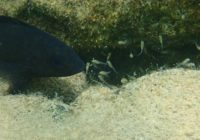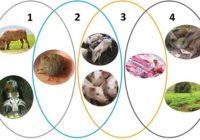Cuckoldry in the family: When should brothers share their wives?

In human societies, the answer to the above question may be a resolute never, but not all animals play by the same rules. In fact, such behavior might be more common than previously thought. In a new study published this month in BMC Biology, Aneesh Bose, Jonathan Henshaw, Holger Zimmermann, Karoline Fritzsche, and Kristina Sefc investigate how relatedness in cichlid fish can lead some males to tolerate extra suitors intruding on their territories and mating with their partners.


